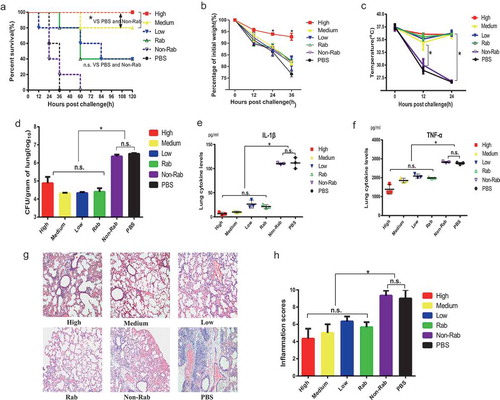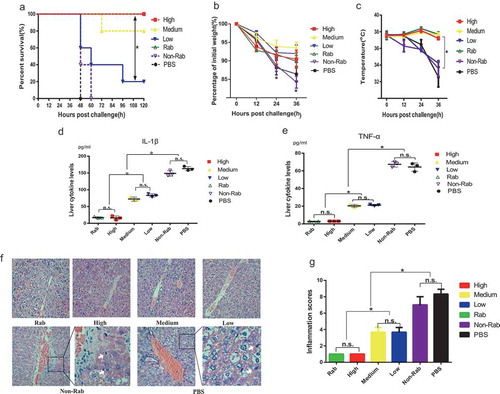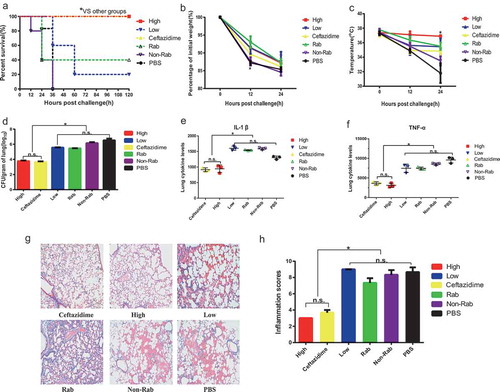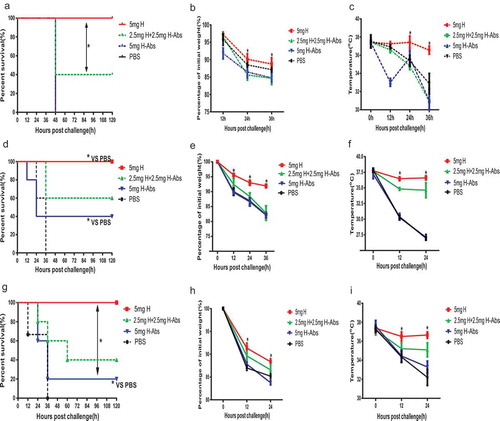Figures & data
Figure 1. Preparation of anti-ETA IgGs

Figure 2. Prophylactic protection against PA infection of anti-ETA IgGs

Figure 3. Prophylactic protection against ETA toxemia of anti-ETA IgGs

Figure 4. Therapeutic protection against PA infection of anti-ETA IgGs

Figure 5. Anti-ETA IgGs mediated protections depends on ETA specific antibodies

